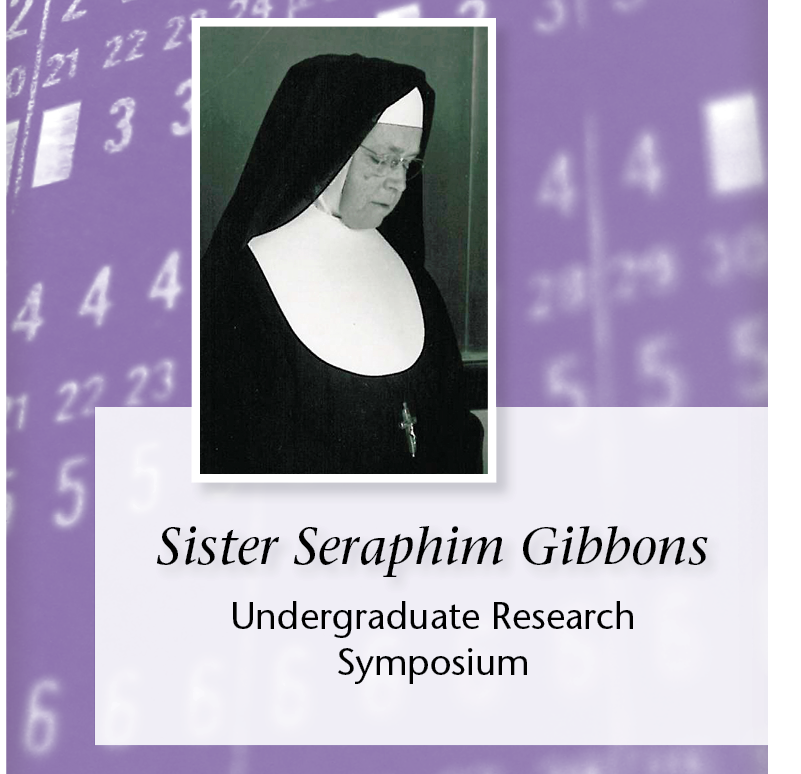Nitrogen-Fixing Algal Species Composition and Morphology Variation Along a Temperature Gradient in Iceland.
Faculty Advisor
Paula Furey
Department
Biology
Nitrogen-Fixing Algal Species Composition and Morphology Variation Along a Temperature Gradient in Iceland.
Algae, photosynthetic microorganisms that form the base of aquatic food webs, can be limited by the availability of nitrogen. Cyanobacteria, a special group of algae, are able to fix atmospheric nitrogen and convert it into a form usable by biota. Though nitrogen fixation plays a key role in stream ecology, there has been little research on the link between algal species assemblages and nitrogen fixation patterns in streams. Nitrogen-fixation is also energetically costly and may be further impacted by temperature. The first goal of this study was to compare species distribution patterns and morphological variation in the nitrogen-fixing cyanobacterial genus Nostoc from samples collected from nitrogen-poor streams along a geothermal gradient (5 to 25° C) in Iceland. Morphological features relevant to nitrogen fixation were measured, such as size, density, location, and shape of heterocytes (specialized nitrogen-fixing cell). The second goal was to relate morphological distribution patterns to nitrogen fixation rates along the temperature gradient. I hypothesized that algal species would shift in response to different temperatures, and that higher nitrogen fixation rates would correlate with an increase in heterocyte frequency and/or increase in heterocyte size. Early results indicate that species distribution patterns vary with temperature. Early results show heterocyte size and density varied significantly with temperature (ANOVA, p
